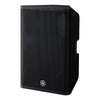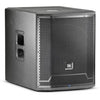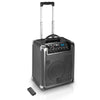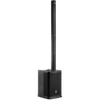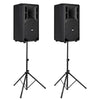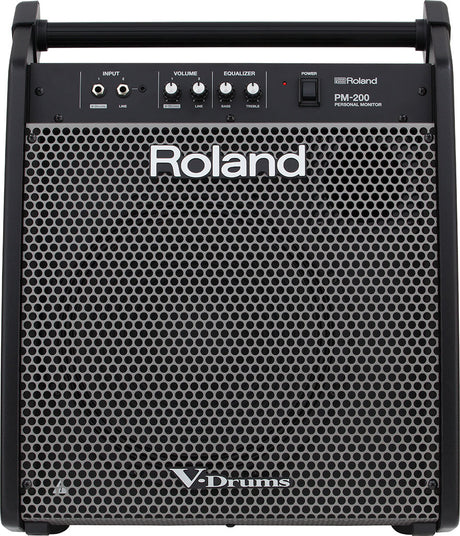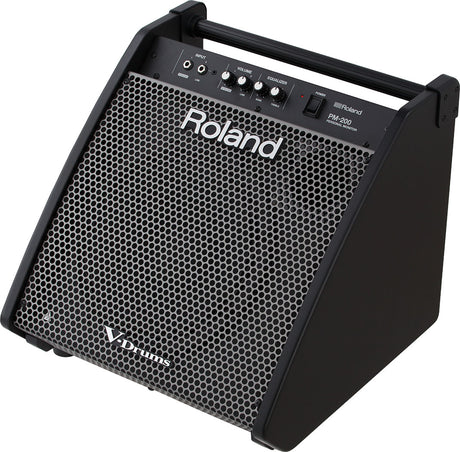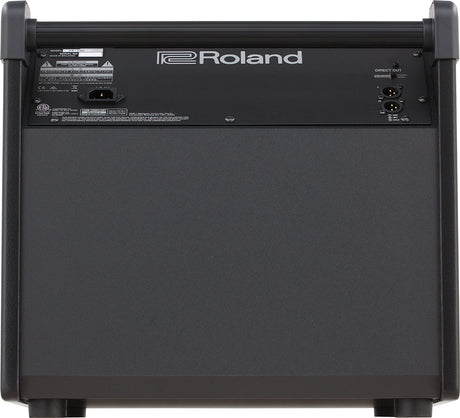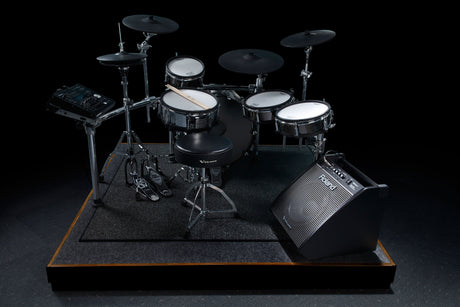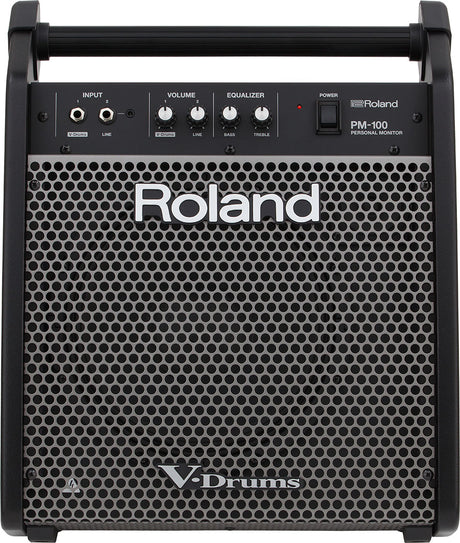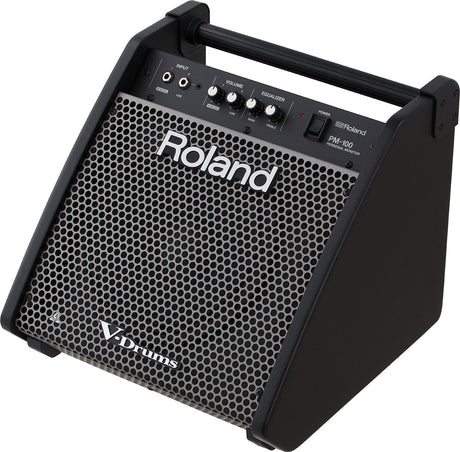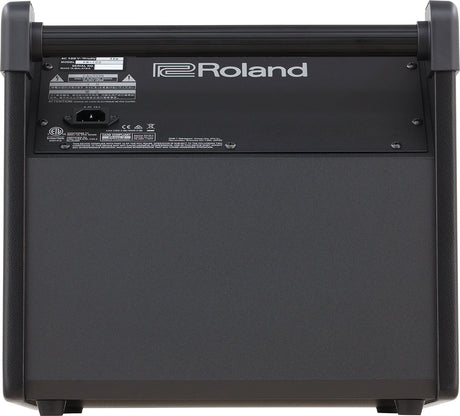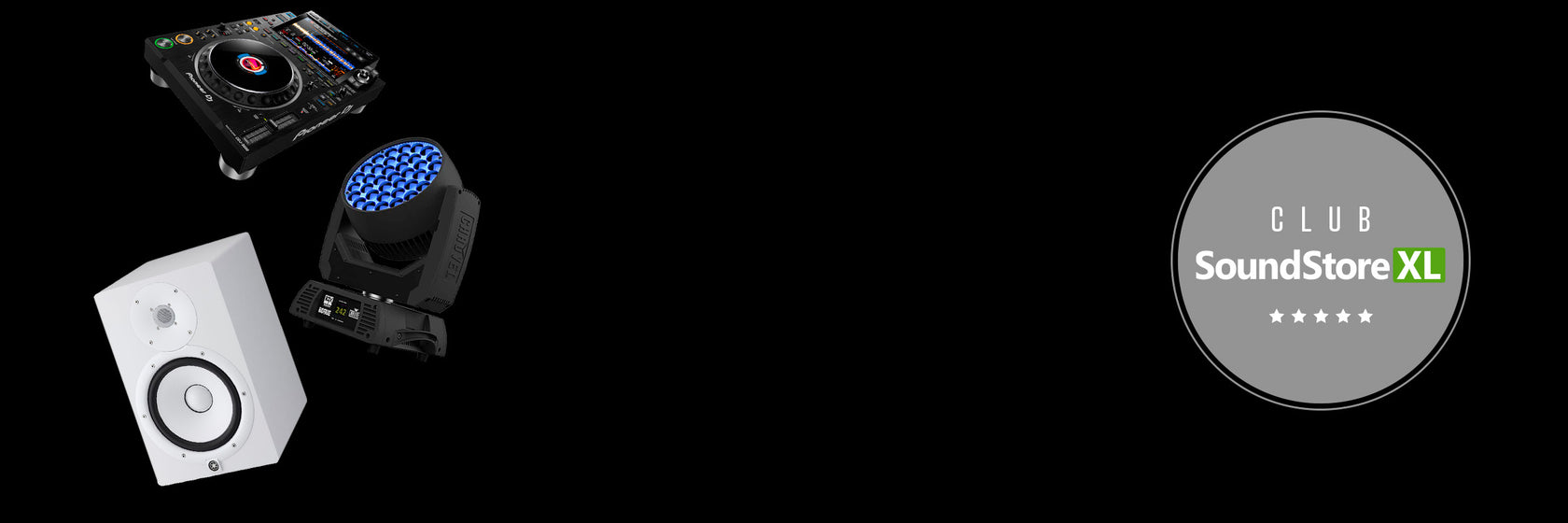Stage Monitors
(10 products)


- Out of stock -
Estimated delivery in: 13 business days €588,00Unit price /Not available - €40,00 discount
HK Audio PR:O 12M Passive Monitor
Out of stock -Estimated delivery in: 13 business days €509,00€549,00Unit price /Not available EV PXM-12MP Active Coaxial 12" Stage Monitor
Out of stock -Estimated delivery in: 11 business days €924,00Unit price /Not availableLD Systems MON 121 A G2 Active Stage Monitor
Out of stock -Estimated delivery in: 12 business days €537,00Unit price /Not available- Out of stock -
Estimated delivery in: 14 business days €696,00Unit price /Not available - Out of stock -
Estimated delivery in: 14 business days €527,00Unit price /Not available LD Systems MON-101A G2, Active Stage Monitor
Out of stock -Estimated delivery in: 12 business days €335,00Unit price /Not available- Out of stock -
Estimated delivery in: 13 business days €504,15Unit price /Not available
Read about Stage Monitors
Read about Stage Monitors
Everything You Need to Know About Stage Monitors
Stage monitors play a crucial role in live music performances and concerts, ensuring that musicians can hear themselves and each other clearly on stage. Whether you’re a vocalist, guitarist, or drummer, properly set up stage monitors will enhance your performance by providing precise and balanced sound. In this article, we will explore what stage monitors are, how they work, and how to choose the best ones for your needs. We’ll also look at the difference between active and passive stage monitors, discuss the pros and cons of wireless solutions, and provide tips on optimal placement and usage for live performances.
What Is a Stage Monitor and How Does It Work?
A stage monitor is a speaker designed specifically for use on stage, allowing musicians to hear themselves and their bandmates clearly. In a live setup, the sound from the main P.A. system is directed towards the audience, making it difficult for performers to hear themselves. Stage monitors direct sound back towards the musicians, giving them an accurate representation of their own instruments and vocals. This not only improves their performance but also helps synchronize the band in complex musical setups.
Stage monitors work by taking signals from a mixer and amplifying them directly to the speakers positioned towards the musicians. These signals can often be adjusted individually for each musician, so they receive the specific mix they need. Stage monitors with built-in amplifiers, also known as active stage monitors, do not require an external amplifier, making them easier to set up. Passive stage monitors, on the other hand, require a separate amplifier to function.
The Difference Between Active and Passive Stage Monitors
When choosing stage monitors, you’ll need to decide between active and passive models. Active stage monitors come with a built-in amplifier, meaning they can be connected directly to the mixer without the need for an external amp. This makes them ideal for smaller setups where quick and easy installation is essential. They are also convenient because they require fewer cables and less equipment overall.
On the other hand, passive stage monitors offer more flexibility in terms of amplifier choice. If you already own a powerful amplifier or prefer the ability to upgrade your amplifier separately from the speakers, passive models may be the better option. However, they do require more setup time, as you need to ensure that the amplifier matches the speaker’s specifications to avoid damage or poor sound quality.
The Benefits of Using Stage Monitors for Live Performances
One of the biggest advantages of using stage monitors for live performances is that they allow musicians to hear exactly what they are playing, even in loud environments such as concerts or festival stages. This is especially important for vocalists and instrumentalists who need to hear their contributions clearly to adjust their performance in real time. Without a stage monitor, musicians risk playing too loud, too soft, or falling out of sync with the rest of the band.
Modern stage monitors also offer a wide frequency range and the ability to reproduce everything from deep bass to crisp treble. This makes them suitable for a variety of musical genres, from electronic music to acoustic performances. Some stage monitors for different music genres are even optimized for specific frequency ranges, which can make a significant difference in sound quality during live performances.
Wireless Stage Monitors vs. Wired Models
Another decision you need to make is whether to use wireless or wired stage monitors. Wireless stage monitors are becoming increasingly popular, particularly for musicians who move around a lot on stage. Wireless monitors allow you to maintain flexibility on stage without being tethered by cables. They use technologies like bluetooth or specialized radio frequencies to transmit audio signals directly to the stage monitor.
The downside of wireless monitors can be signal delay (latency), which can create slight but noticeable delays between what is played and what is heard through the monitor. For many musicians, this delay can be unacceptable, especially when precision is critical. Wired stage monitors, on the other hand, offer the most reliable audio connection and are typically used in professional setups where stability and sound quality are paramount.
Optimal Placement and Usage of Stage Monitors
To get the most out of your stage monitors, proper placement is key. Place the monitors in front of the musicians, angled towards their ears, so that the sound reaches them clearly without causing feedback. If you are working with multiple musicians, consider using individual monitors for each musician so they can hear exactly what they need. To reduce the risk of feedback, ensure that microphones are not pointing directly at the monitors and that there is enough distance between them.
Additionally, it’s important to adjust the monitor levels so they do not compete with the sound from the main P.A. system but are still loud enough for the musicians to hear clearly. This is especially important for large concerts and festivals, where noise from the audience and other instruments can be overwhelming. By positioning your stage monitors correctly and adjusting their levels, you can ensure clear and balanced sound that helps musicians perform at their best.
The Best Stage Monitors on the Market
There are many reputable brands that offer high-quality stage monitors, including Yamaha, JBL, QSC, and Behringer. Yamaha is known for its reliable and versatile monitors, making them ideal for both small and large stages. JBL offers powerful, active stage monitors that deliver high volume and clarity, while QSC is known for its lightweight and portable designs without compromising on sound quality. Behringer provides more budget-friendly solutions that still deliver reliable performance, making them a popular choice for smaller bands and solo artists.
Whether you’re looking for wireless stage monitors for small stages or powerful, wired monitors for large concerts, there are many models on the market to suit your needs. When choosing the right monitor, consider whether you need extra features such as built-in amplifiers, specific frequency ranges, or wireless flexibility. By selecting the right equipment, you can ensure that your live performances are a success with clear, reliable sound.

